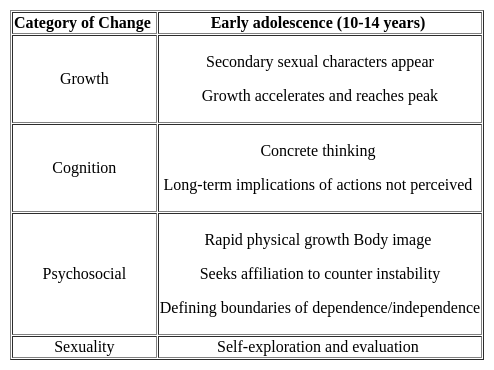Test: Education & Leadership (Growth and Development - II) - Software Development MCQ
20 Questions MCQ Test - Test: Education & Leadership (Growth and Development - II)
Which of the following is not a characteristic of development?
Which of the following principle states that development proceeds directionally from head to foot?
Which of the following is true?
Which of the following is/are internal factor(s) on the growth and development of children?
I. Emotional factors
II. Intelligence
III. Heredity factors
IV. Biological and constitutional factors
Which of the following statements is true, according to the principle of unequal development rate ?
Understanding the principles of development of a child helps a teacher in
Which of the following is a major factor explaining the direction and outcome of growth and development?
Which of the following are key postulates of socialization?
A. It is achieved during adolescence.
B. It helps in the inculcation of principles, values and symbols of a social system.
C. The development of the social nature enables the person to participate in social life.
In the context of development, which of the following statement is correct?
I. Development is as much a matter of the child acquiring a culture as it is a process of biological growth.
II. Changes, continuity and stability are not involved in the process of development.
Which of the following is not the Principle of Growth and development?
What do you mean by secondary socialisation?




















